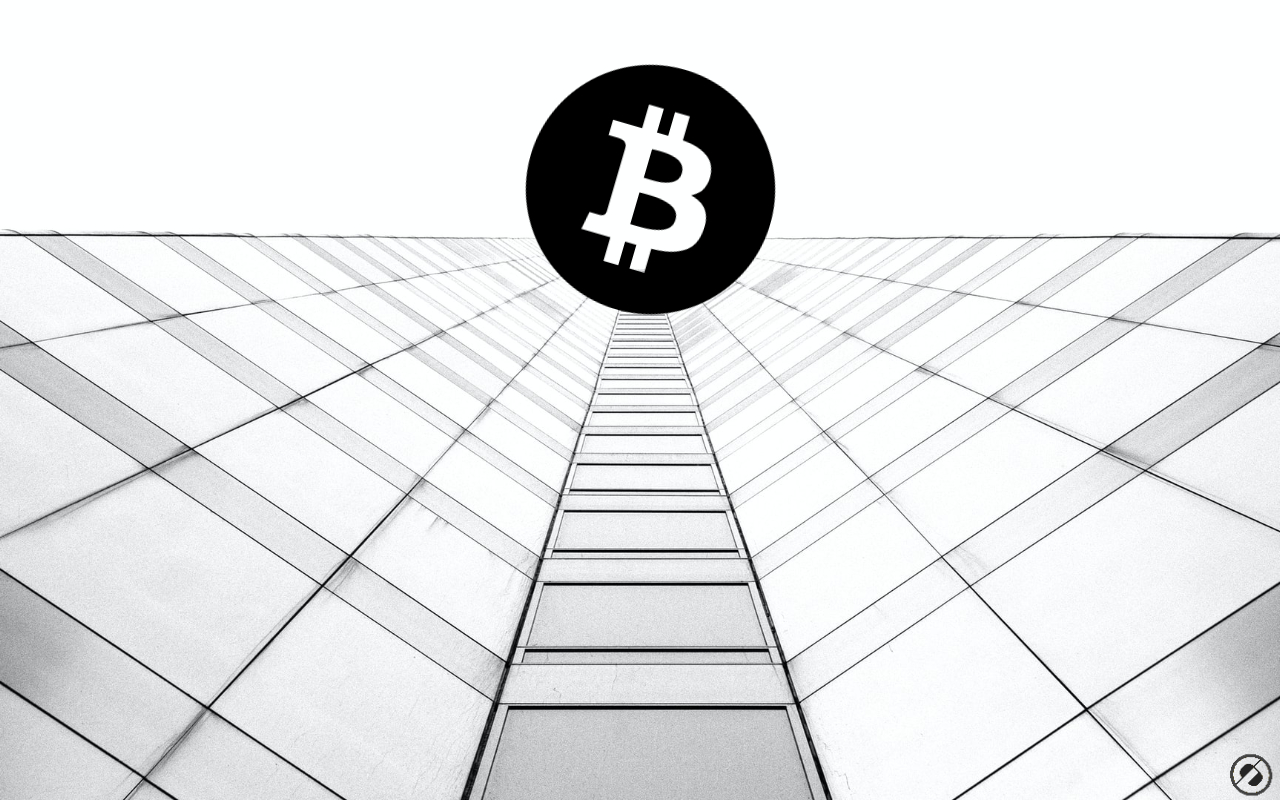Liquidity, Not Headlines, Keeps Bitcoin Pointed Higher, Says Raoul Pal
15.06.2025 8:00 1 min. read Alexander Stefanov
Bitcoin’s next big move will depend more on money creation than on missiles or media noise, according to macro strategist Raoul Pal.
In a recent post, the former hedge-fund manager plotted Bitcoin’s price against the world’s broad money supply (global M2) and found that nearly nine-tenths of the coin’s gyrations over the past three years shadowed shifts in liquidity.
That backdrop offers a simple read on today’s Middle-East flare-up. Reports of Israeli strikes on an Iranian gas hub briefly sent oil futures up more than 7 percent and revived talk of shipping disruptions, yet Bitcoin barely twitched—adding a fraction of a percent while stock futures wobbled.
Pal’s takeaway: unless the conflict forces central banks to flood or drain the system, digital-asset traders can expect business as usual.
The liquidity lens also explains why Bitcoin has weathered COVID shocks, rate-hike cycles, and election headlines with the same pattern: knee-jerk volatility followed by a grind that mirrors the size of the global money pie.
For investors, that framework is blunt but useful: track aggregate M2. If it expands, the odds still favor higher BTC prints, even if oil prices, war risk, or tweet-storms make the path noisy in the short run.
-
1
BlackRock Rotates Out of Bitcoin, Pours $69M Into Ethereums
04.06.2025 11:00 2 min. read -
2
IMF Pushes Back as Pakistan Bets Big on Bitcoin Mining
31.05.2025 18:00 2 min. read -
3
BlackRock’s Bitcoin ETF Sees Largest Daily Withdrawal, Ending Month-Long Inflow Streak
31.05.2025 19:00 1 min. read -
4
Bitcoin’s Drop Sparks New Focus on Money Supply Trends
02.06.2025 12:00 2 min. read -
5
Bitcoin and Solana Face Pressure as Market Turns Cautious
02.06.2025 16:00 1 min. read
Quantum Advances Put Bitcoin’s Security to the Test
Quantum computing is no longer just a theoretical threat to Bitcoin — it’s fast becoming a real one.
Bitcoin’s Biggest Holders Could Trigger Next Major Crash, Analyst Warns
A well-known crypto analyst is sounding the alarm on a potential storm brewing for Bitcoin—one that could be fueled not by speculators, but by institutions themselves.
Michael Saylor Signals Fresh BTC Buy as Strategy Rides Out Geopolitical Turbulence
Michael Saylor has hinted that MicroStrategy is about to top up its already-massive Bitcoin reserve, even as the Israel-Iran flare-up keeps global markets on edge.
Bitcoin Pauses Below $110K as Analysts Eye Consolidation Phase
Bitcoin is facing strong headwinds just shy of its all-time high, with analysts at Swissblock warning that a breakout may be off the table—at least for now.
-
1
BlackRock Rotates Out of Bitcoin, Pours $69M Into Ethereums
04.06.2025 11:00 2 min. read -
2
IMF Pushes Back as Pakistan Bets Big on Bitcoin Mining
31.05.2025 18:00 2 min. read -
3
BlackRock’s Bitcoin ETF Sees Largest Daily Withdrawal, Ending Month-Long Inflow Streak
31.05.2025 19:00 1 min. read -
4
Bitcoin’s Drop Sparks New Focus on Money Supply Trends
02.06.2025 12:00 2 min. read -
5
Bitcoin and Solana Face Pressure as Market Turns Cautious
02.06.2025 16:00 1 min. read


